The Klondyke, Bootle (Merseyside)
26 Nov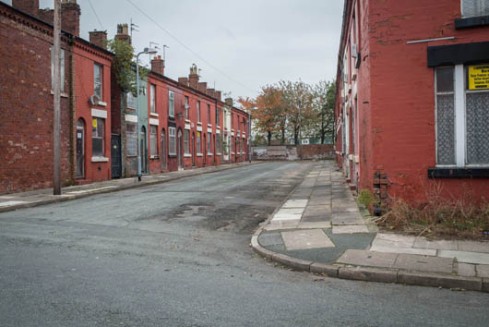
Even after six years of visiting neighbourhoods condemned through the Housing Market Renewal pathfinder, there was something about the Klondyke estate which shocked me.
I’ve been wanting to visit this part of Bootle (in Sefton, Merseyside) for several years, since hearing about the plight of an elderly lady called Bridget, who was eventually – and controversially – evicted from the house where she was born earlier this year.
My meeting with Bridget never came off as her neighbours were understandably protective of her, but I finally got around to taking a day off work to visit Klondyke anyway. I’m very grateful to local activist Juliet Edgar for generously taking time out of her schedule to meet and show me around.
I’ve been to Bootle before – I covered the story of Pat and John Dunn, from the other clearance area, known as Queens/Hertford a few years back. They have now been forced out and their grand Victorian villa, which had nothing wrong with it, has been flattened to make way for boxy new builds.
Klondyke, a short distance away, has a slightly different feel – most of the terraces are smaller, many of them two-up two-downs, and a large proportion were owned by a housing association and private landlords when the clearance plans were unveiled in 2003/4.
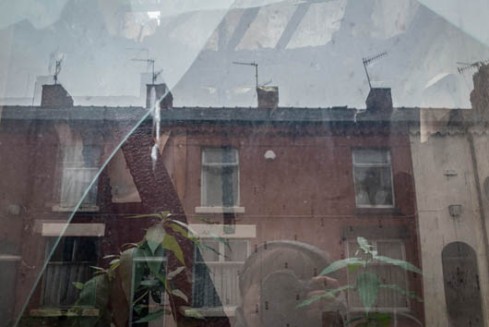
The thing which I found a little shocking when I took in my surroundings was the evident neglect of the vacant houses: the doors and windows were blocked with flimsy clear plastic which would be easy to get past, there was rubbish and furniture inside many of the houses which seemed to pose a fire risk, and many houses had sizeable shrubs growing out of their walls and roofs. Clearance areas are rarely pretty but to me this one felt particularly bleak.
All in all something like 900 houses were condemned here under Pathfinder – the first phase has already gone and the cleared land is being built on by Bellway, while about 480 homes still stand. Just eight or so families remain among the blight, many of them elderly or disabled.
Matthew Conefery is one of those unfortunate residents – a homeowner who is caring for his elderly, disabled mother, Mary. They expected a bungalow earlier in the scheme, only to learn they weren’t suitable for disabled people.

He says: “We’ve been told we’re going to get one of the next bungalows. There’s not a lot you can do when it’s only you against the council – to make a difference you have to stand together but here, people got picked off one by one and now there’s only three of us.
“My mother owns this house and they said they were going to give us market value but they aren’t really. What I don’t understand is that up and down this street these houses are all the same, but everyone got a different price. That’s not sour grapes or anything but we should have simply got a house for a house.”
Edgar, a voluntary worker with the Maritime Community Agency, and a small band of residents and former residents, dream of taking over management of some of the empty homes and bringing them back into public use. They have been investigating the possibility of setting up a Community Land Trust, a legal entity able to manage community assets using grant funding. But for this to happen they must convince a sceptical and unsupportive Sefton Borough Council that their sums are right and that they can make it work.
Meanwhile, the conservation campaign group Save Britain’s Heritage hopes to win a judicial review into the way the local authority has been managing the clearance scheme. The whole thing has been complicated by the abandonment of the Pathfinder initiative by the coalition government in 2011, halfway through its lifetime. In the current financial climate, funds to acquire homes, secure and demolish are scarce, and house-building has ground to an almost-standstill.
Edgar says: “Our [CLT] application is for Springwell Road – the houses there are in the worst condition and all that, but we say why can’t they let us experiment with these ones? We would even accept 10 to start with. Our plan would involve remodelling of the terraces and taking off the crap 70s extensions.”
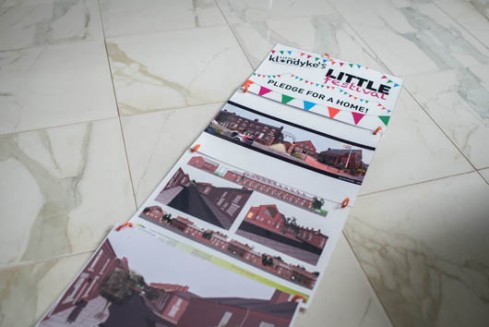
She continues: “We have a few residents who are involved but the problem is that people – understandably – don’t want to put a foot in your camp when they don’t have a house sorted. The housing association gave us verbal support for our idea but the council didn’t think it was viable. The idea is still quite new but we have the support of the CLT network and now want to get more people involved.
“The people who are left are mostly elderly, or disabled, or unwell, and the people whose homes are not being demolished are getting sick of it all – they see the properties as an eyesore and blame us for holding up the scheme.
“We think a lot of residents have been pressurised to leave – most think there has been a Compulsory Purchase Order on the area when there hasn’t been. There’s also a lot of brownfield, designated housing land around this area, which we think they should use first, before knocking down these properties.”
_________

Emma O’Driscoll, 35, moved to the Klondyke aged 10 and only moved a few streets away from her mum’s even when she got her own place. She finally moved to a nearby new build estate a year ago, after six years with empty properties either side of her. Some of her neighbours who moved early on in the process received no compensation and took out large loans to decorate and furnish their new housing association properties.
She lost heart when the area became more deserted and more of a magnet for crime. “We were getting different gangs coming along, breaking in, robbing from the houses, burning them, stealing the lead from the roofs, and then I didn’t feel safe in my home anymore,” she says. “My daughter slept in my bed because she was scared.
“My mum and dad had no neighbours for years, a gang of lads got into next door and robbed all the piping and my baby nephew’s bedroom was really damp, there was all black mould on the wall next to where he was sleeping. I stood up at a community meeting and told them they had to move my family into a new property as soon as possible. The conditions were terrible – there was a flood, we had pots and pans trying to collect the water. And they were saying they could live there for another two or three months! People were petrified, and I even got the police to secure my house more. I couldn’t sleep at night – I was so scared of there being a fire. We’ve been treated terribly – they don’t let dogs live in the same situation.”
What happened next: Maureen Walsh, Derker
6 NovI’ve been feeling bad for a long time about not being able to keep up my Streetfighters project in the way I’d like to, because although Housing Market Renewal has been discontinued, the story is far from over for many of the people I’ve met along the way. There are loose ends all over the north – householders trapped in derelict streets, projects put on hold by developers amid the recession, and tussles still going on over the future of some neighbourhoods which were earmarked for clearance and decanted. I never managed to secure funding to support this project so can only follow up people’s stories on an ad hoc basis, where I have time and can afford to do so. If I could do more and do it better, I certainly would.
Maureen and Terry Walsh were some of my favourite Streetfighters, and I’ve met them a number of times over the past five or so years. They spent seven years fighting to save their home and their neighbourhood from the bulldozers after Oldham Council announced plans to demolish hundreds of properties in Derker under its Housing Market Renewal scheme. When they finally admitted defeat in 2010 and began the process of purchasing another property, the rug was pulled from under them and acquisitions were stopped.
Terry died in January 2012, not long after they learned their home would be spared. It is a bittersweet victory for Maureen, whose community has vanished.
* Maureen also filled me in on the fate of a couple of other Derker residents who I have profiled on this site. Elijah, the war veteran in his 90s, moved into sheltered accommodation this year and his house has now been demolished. Joan Diggle recently moved into a new house near her brother in another part of Oldham.
Imagining a different future
16 OctFor all the misery and blight and rifts between neighbours that clearance/regeneration plans have caused, it seems that in some neighbourhood the community spirit just won’t completely die. In some areas the attention of some remaining residents and activists is turning to the question of what happens next and how to move on from the dereliction. Some groups are coming up with creative alternatives to wide-scale demolition, and putting the plans up for public debate. Whether the relevant local authorities will actually open their minds to anything other than clearance and new build – even in the face of mounting evidence that this could be popular and cost effective – is a whole other debate.
St Hilda’s redux
24 SepYesterday I was in Middlesbrough, seeing a family I’m visiting as part of another project on Roma migrants. On my way home I called in to St Hilda’s, an area I covered for Streetfighters, which saw people cleansed from an estate for no apparent reason. From what local people told me back then, there had been no consultation and were few plans for the land, even before the economic crash. Few people were left in the neighbourhood last time I went there but now there is no one left at all. The only buildings still standing – other than a newish police headquarters – are a single row of terraced houses. The owner of the end one – who I interviewed along with his daughter – has now died, ending a final headache for the council. I visited both spots where I had previously met occupants, just to see what was left.
Barbara and John Yafano, Nov 2009:
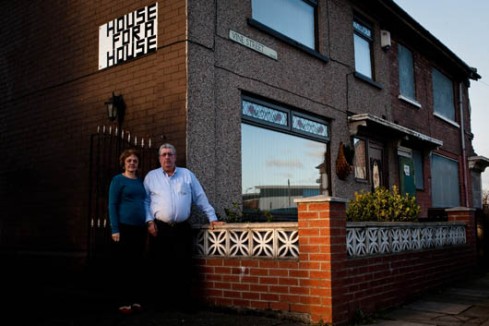
Site of their former house, Sep 2012:
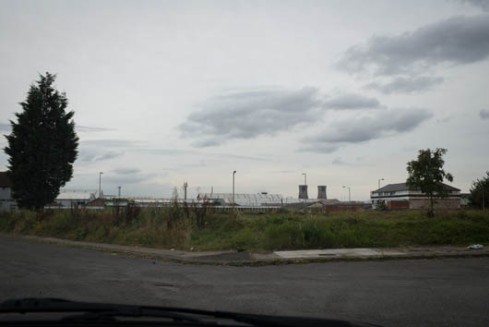
The late Hendry Woodier and daughter Alwyn McPhillips, Nov 2009:
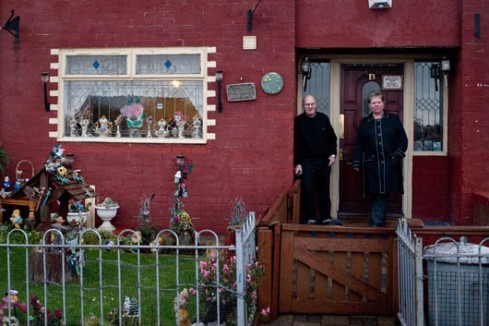
His former house, in the last row still standing in St Hilda’s, Sep 2012:
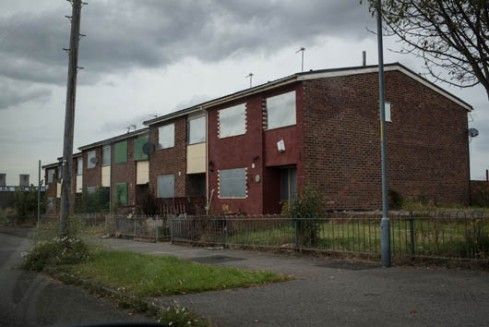
PS you can hear their interviews here:

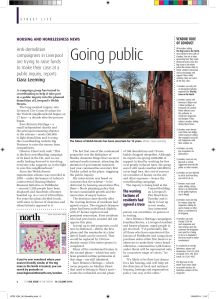
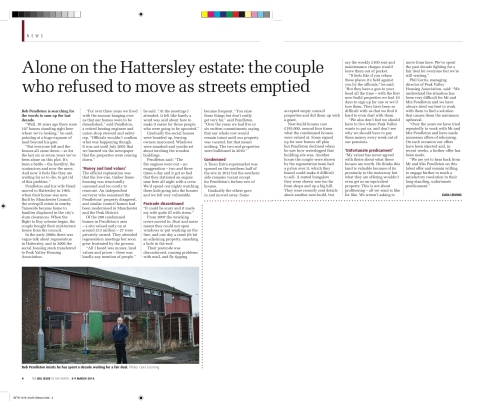
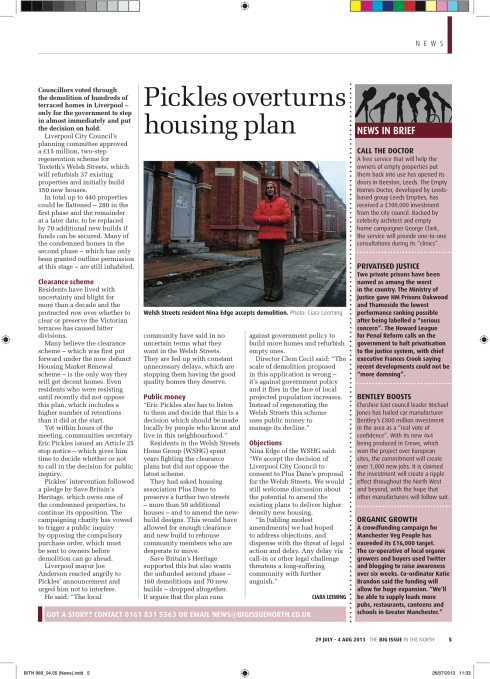

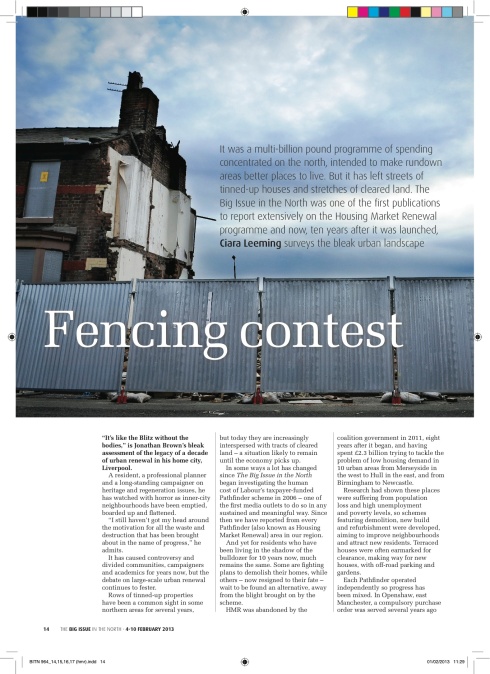
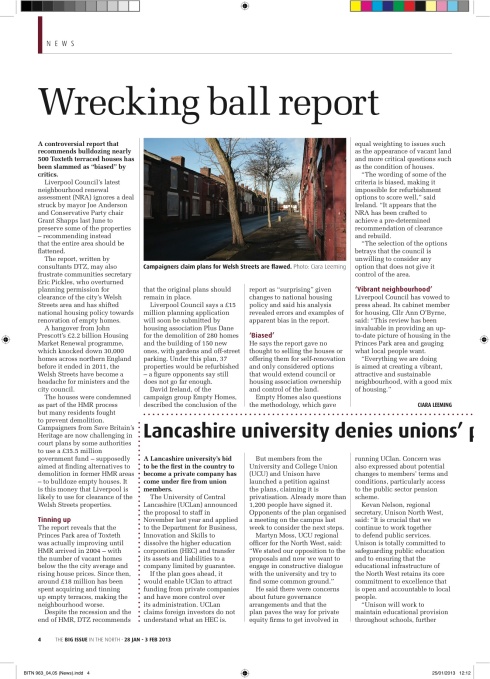
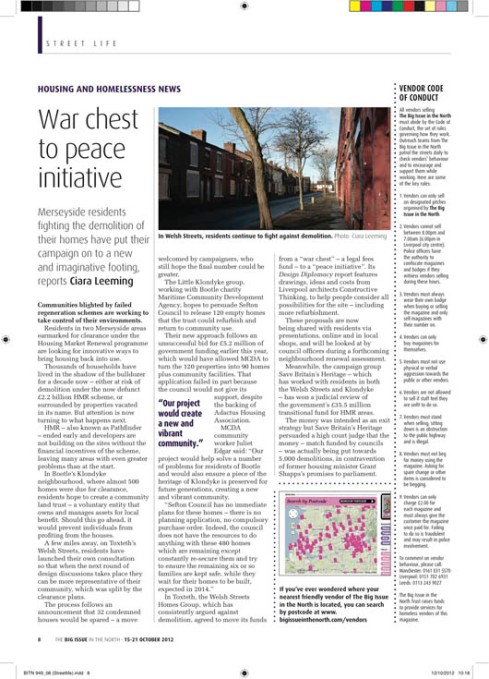
You must be logged in to post a comment.